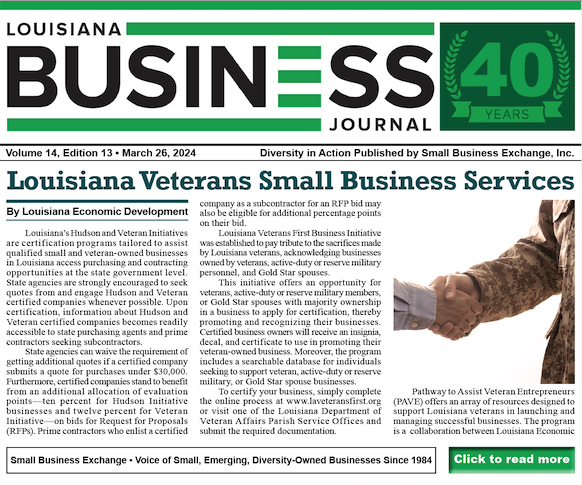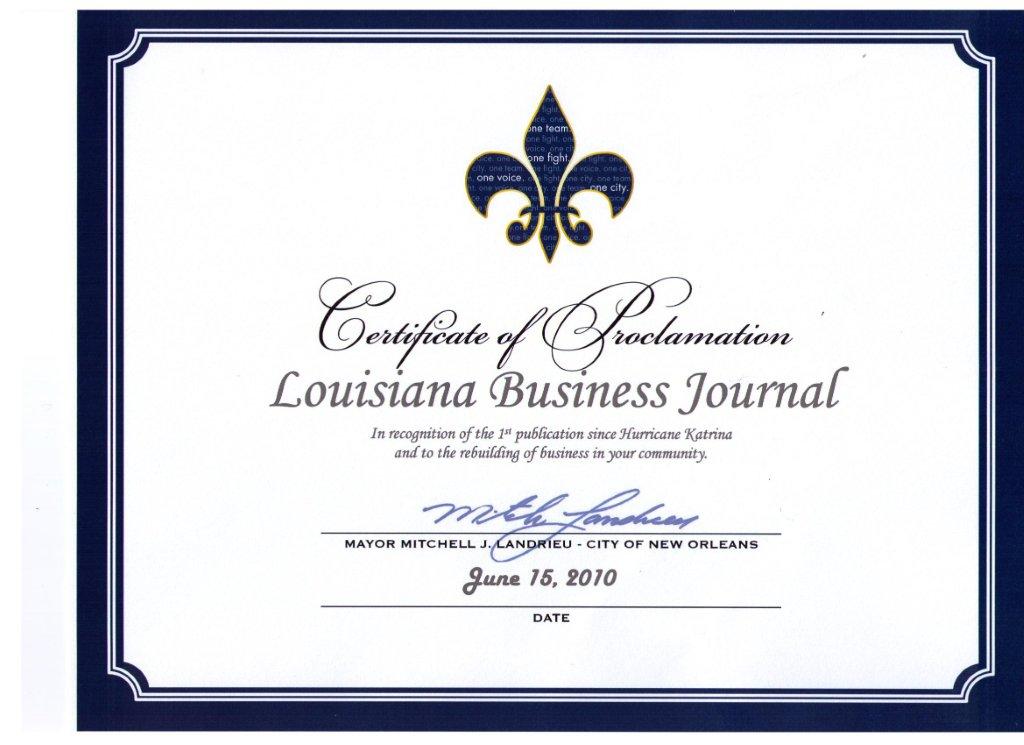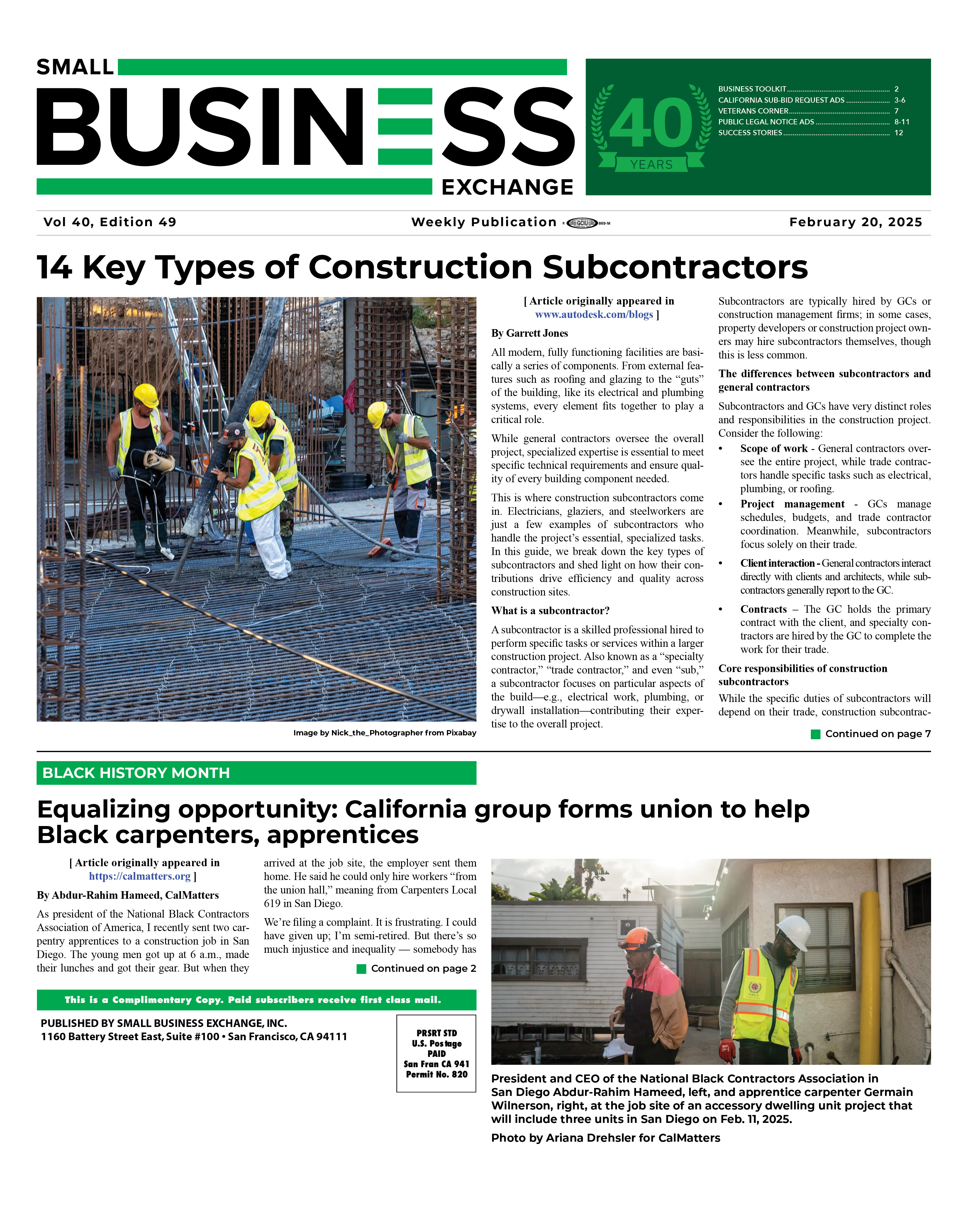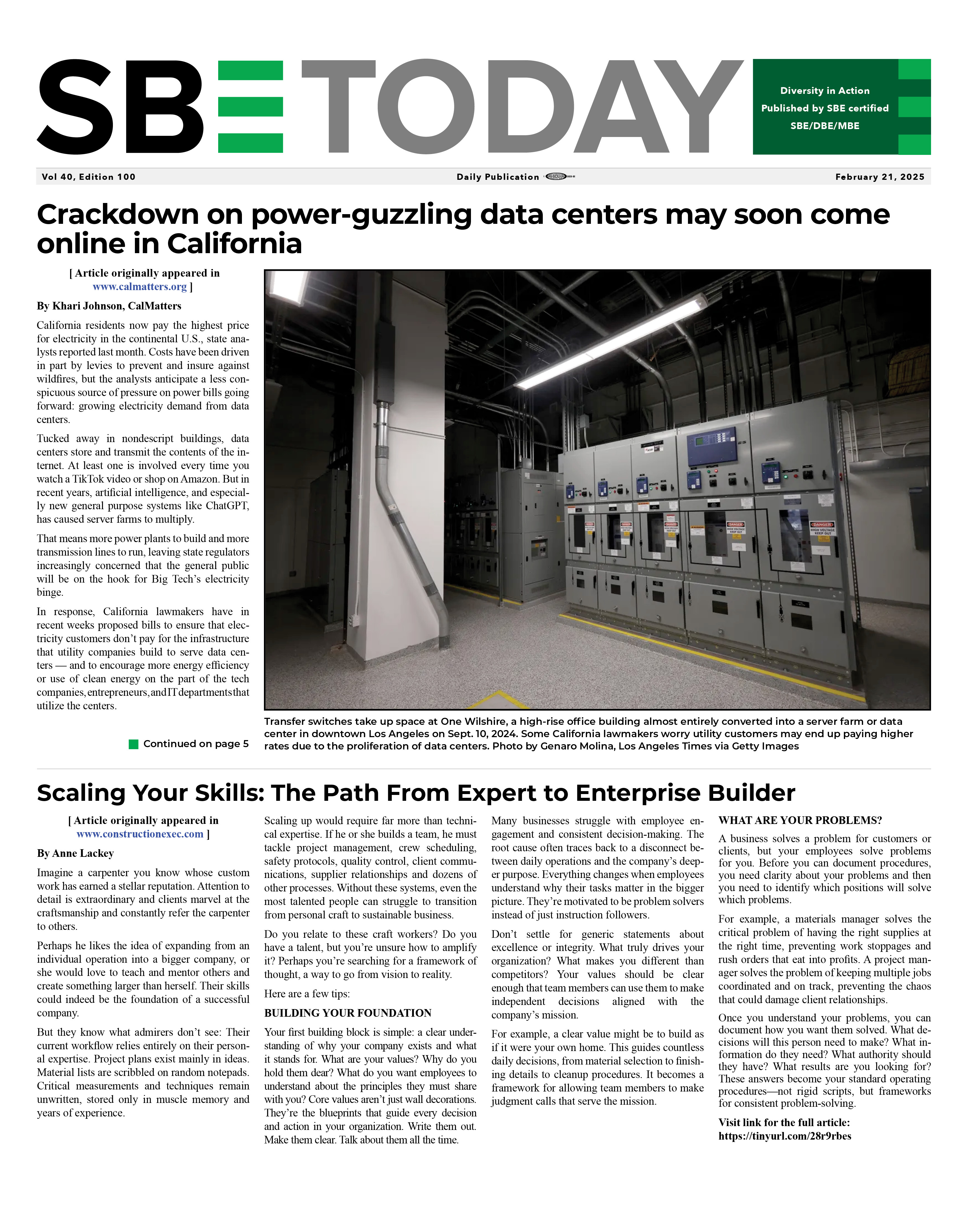History Month: African Americans and Labor
02/04/2025
 By ASALH By ASALH
The mission of the Association for the Study of African American Life and History (ASALH) is to promote, research, preserve, interpret, and disseminate information about Black life, history, and culture to the global community.
When Carter G. Woodson established Negro History Week in 1926, he realized the importance of providing a theme to focus the attention of the public. The intention has never been to dictate or limit the exploration of the Black experience but to bring to the public’s attention important developments that merit emphasis.
 The 2025 Black History Month theme, African Americans and Labor, focuses on the various and profound ways that work and working of all kinds—free and unfree, skilled and unskilled, vocational and voluntary—intersect with the collective experiences of Black people. Indeed, work is at the very center of much of Black history and culture. Be it the traditional agricultural labor of enslaved Africans that fed Low Country colonies, debates among Black educators on the importance of vocational training, self-help strategies and entrepreneurship in Black communities, or organized labor’s role in fighting both economic and social injustice, Black people’s work has been transformational throughout the United States, Africa, and the Diaspora. The 2025 Black History Month theme, African Americans and Labor, sets out to highlight and celebrate the potent impact of this work. The 2025 Black History Month theme, African Americans and Labor, focuses on the various and profound ways that work and working of all kinds—free and unfree, skilled and unskilled, vocational and voluntary—intersect with the collective experiences of Black people. Indeed, work is at the very center of much of Black history and culture. Be it the traditional agricultural labor of enslaved Africans that fed Low Country colonies, debates among Black educators on the importance of vocational training, self-help strategies and entrepreneurship in Black communities, or organized labor’s role in fighting both economic and social injustice, Black people’s work has been transformational throughout the United States, Africa, and the Diaspora. The 2025 Black History Month theme, African Americans and Labor, sets out to highlight and celebrate the potent impact of this work.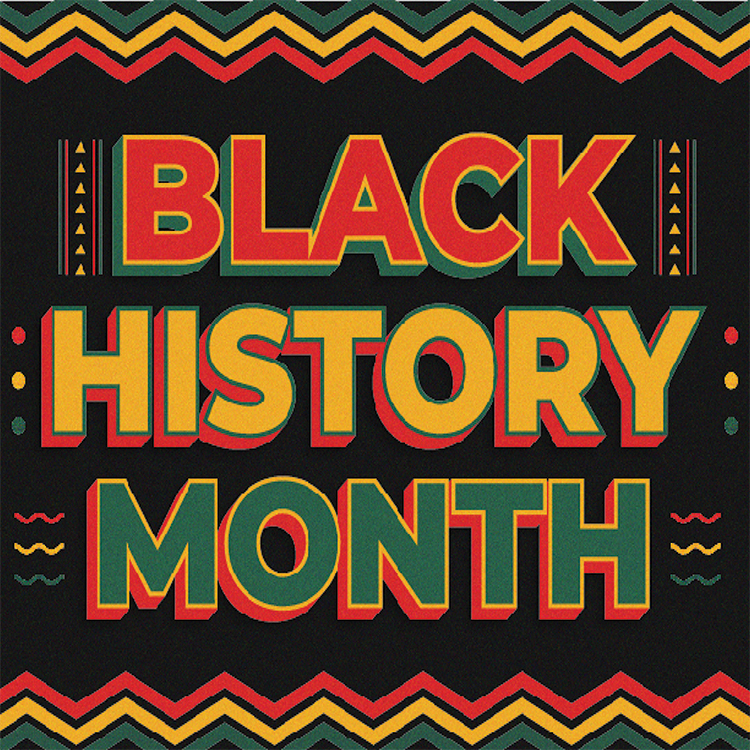 Considering Black people’s work through the widest perspectives provides versatile and insightful platforms for examining Black life and culture through time and space. In this instance, the notion of work constitutes compensated labor in factories, the military, government agencies, office buildings, public service, and private homes. But it also includes the community building of social justice activists, voluntary workers serving others, and institution building in churches, community groups, and social clubs and organizations. In each of these instances, the work Black people do and have done have been instrumental in shaping the lives, cultures, and histories of Black people and the societies in which they live. Understanding Black labor and its impact in all these multivariate settings is integral to understanding Black people and their histories, lives, and cultures. Considering Black people’s work through the widest perspectives provides versatile and insightful platforms for examining Black life and culture through time and space. In this instance, the notion of work constitutes compensated labor in factories, the military, government agencies, office buildings, public service, and private homes. But it also includes the community building of social justice activists, voluntary workers serving others, and institution building in churches, community groups, and social clubs and organizations. In each of these instances, the work Black people do and have done have been instrumental in shaping the lives, cultures, and histories of Black people and the societies in which they live. Understanding Black labor and its impact in all these multivariate settings is integral to understanding Black people and their histories, lives, and cultures.
 Africans were brought to the Americas to be enslaved for their knowledge and serve as a workforce, which was superexploited by several European countries and then by the United States government. During enslavement, Black people labored for others, although some Black people were quasi-free and labored for themselves, but operated within a country that did not value Black life. After fighting for their freedom in the Civil War and in the country’s transition from an agricultural based economy to an industrial one, African Americans became sharecroppers, farm laborers, landowners, and then wage earners. Additionally, African Americans’ contributions to the built landscape can be found in every part of the nation as they constructed and designed some of the most iconic examples of architectural heritage in the country, specifically in the South.
Over the years, to combat the superexploitation of Black labor, wage discrepancies, and employment discrimination based on race and gender, Black professionals (teachers, nurses, musicians, and lawyers, etc.) occupations (steel workers, washerwomen, dock workers, sports, arts and sciences, etc.) organized for better working conditions and compensation. Black women such as Addie Wyatt also joined ranks of union work and leadership to advocate for job security, civil rights, and wage increases.
2025 marks the hundred-year anniversary of the creation of Brotherhood of Sleeping Car Porters and Maids by labor organizer and civil rights activist A. Philip Randolph, which was the first Black union to receive a charter in the American Federation of Labor. Martin Luther King Jr. incorporated issues outlined by Randolph’s March on Washington Movement such as economic justice into the Poor People’s Campaign, which he established in 1967. For King, it was a priority for Black people to be considered full citizens.
The theme, African Americans and Labor, intends to encourage broad reflections on intersections between Black people’s work and their workplaces in all their iterations and key moments, themes, and events in Black history and culture across time and space and throughout the United States, Africa, and the Diaspora. Like religion, social justice movements, and education, studying African Americans’ labor and labor struggles are important organizing foci for new interpretations and reinterpretations of the Black past, present, and future. Such new considerations and reconsiderations are even more significant as the historical forces of racial oppression gather new and renewed strength in the 21st century.
Source:ASALH
Back To News |
|
|
|
|
||
|
© 2025 Small Business Exchange, Inc. |
||

